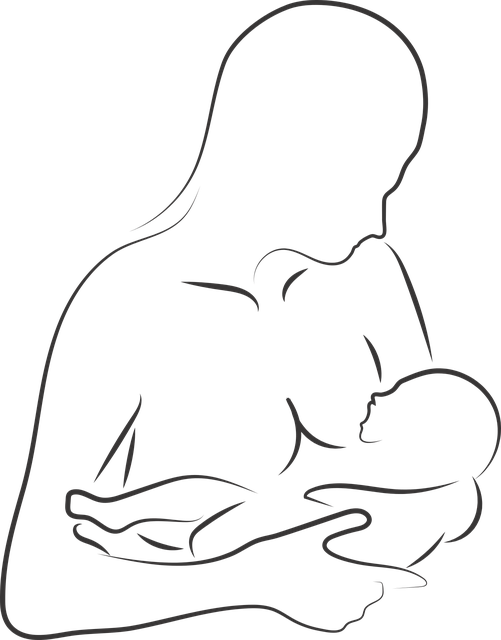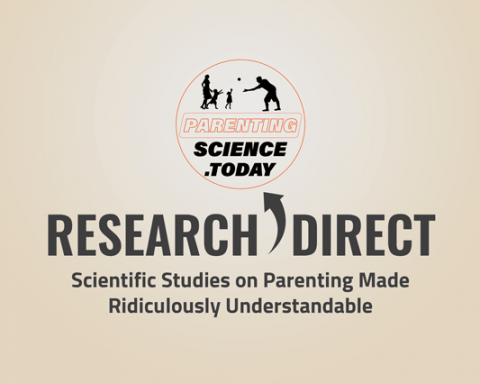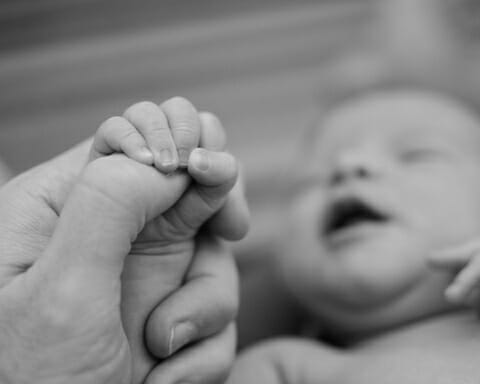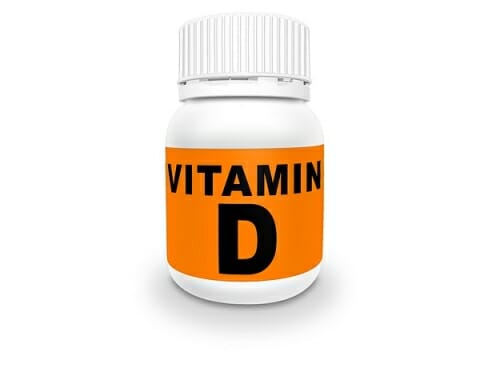Breastfeeding is not just a means of providing nutrition for a newborn, but it also helps develop an emotional bond between mother and child as part of responsive parenting. Unfortunately, certain physical and emotional factors, such as having flat or inverted nipples, can make breastfeeding challenging and frustrating for the mother and the infant.
Flat or inverted nipples occur when the muscle tissue lacks elasticity, so the nipple is either turned inside out or is flat and doesn’t protrude when pressed. Thus, it is difficult for the baby to latch on to the mother’s breast, or the baby shows disinterest in breastfeeding.
A woman with flat or inverted nipples should receive special assistance until the infant is able to latch on effectively. —Reseachers at the Department of Nutrition, University of California
The mother’s nipples stimulate the baby’s sucking action and behavior. When the nipple is not elastic or dawn out enough, it fails to stroke the palate of the infant in order to encourage him or her to suckle the breast. A scientific study explains that “the presence of flat or inverted nipples appeared to contribute to the phenomenon described as ‘nipple confusion.’”
Can You Breastfeed with Flat or Inverted Nipples?
Babies are fed from the breast and through the nipple, so even if the nipple has a problem, the rest of the nursing mother’s breast is capable of nursing. Therefore, a mother with flat or inverted nipples can breastfeed her baby with little external help and lots of patience.
Flat nipples are able to stretch once the baby is able to latch successfully. However, inverted nipples pose more trouble during breastfeeding than flat nipples. Inverted nipples may have adhesions that prevent stretching of the muscle, thus limiting the milk supply. Babies who have a weak suck find it more difficult to feed on an inverted nipple than a flat one.
It is best for mothers with flat or inverted nipples to ask for intervention before delivery. A midwife or a lactation consultant can help in this regard. Usually, women with inverted or flat nipples wear nipple formers during pregnancy to draw out, shape and firm up the nipples.
Breastfeeding Tips
Latch Properly
Proper latching to the breast is very important. If the baby is able to latch on to the breast, the baby should be able to feed successfully regardless of the shape of the nipples.
As part of responsive parenting, mothers should make sure that their babies are able to latch on to the entire areola and a good portion of the breast and not just onto the nipple. Mothers can draw out the nipple, shape the breast, or express some milk before feeding in order to make latching and feeding easier for their babies.
Sit in a relaxed position. Cradle or cross-cradle the baby in a belly-to-belly position or use a side-lying position. You’re doing it right if the baby is able to search for the nipple on its own and find it.
Massage
Try gently massaging the areola to shape and firm up the nipple just before a feeding. Roll and pinch the nipple so that the nipple starts to protrude out. Mothers also can press a cold cloth on the nipple in order to make it protrude naturally.
When the breast is hard and engorged with milk, it is harder for the baby to nurse. Therefore, massage the breast in reverse in order to force some milk back into the body, and then draw it out again.
Use Nipple Shields
Nipple shields are small domes made of plastic that can be placed over the nipple inside the bra. The resulting pressure helps the adhesion to stretch out and the nipple to become erect. During a breastfeeding session, mothers should place the shield over the nipple and smear a little milk on it to entice the baby toward the shield.
Use your fingers to hold the shield in place and to prevent the shield from slipping during feeding. Once the baby opens his or her mouth, move the shield around in the mouth to encourage the baby to suckle. Nipple shields can be worn between feedings to protect sore nipples from rubbing against clothing.
Through the right techniques, responsive parenting, and lots of encouragement, support, and patience, a woman with flat or inverted nipples can successfully breastfeed her baby. Good parenting is not easy, but you’re doing it right if your baby is able to thrive physically and gain weight as a result of your efforts.

References
- Dewey, Kathryn G., Laurie A. Nommsen-Rivers, M. Jane Heinig, and Roberta J. Cohen. “Risk Factors for Suboptimal Infant Breastfeeding Behavior, Delayed Onset of Lactation, and Excess Neonatal Weight Loss.” Pediatrics 112, no. 3 (2003): 607–619. Retrieved from http://pediatrics.aappublications.org
- Wilson-Clay, Barbara. “Clinical Use of Silicone Nipple Shields.” Journal of Human Lactation 12, no. 4 (1996): 279–285. Retrieved from http://journals.sagepub.com/doi













